I Just Watched Predator: Badlands. It’s About Your Career
What a sci-fi action movie accidentally teaches about adaptability
Hey Adopter,
Predator: Badlands is about an alien hunter who survives by breaking every rule his clan taught him. Replace “alien hunter” with “professional” and you’ve got 2025 in a nutshell.
You’re investing in the wrong skills.
Every certification you chase loses half its value in 2-5 years. IBM research confirms it: the knowledge you spent months building decays faster than you can update it. Technology skills? Even faster.
Meanwhile, professionals with strong adaptive capabilities earn 18-24% more than their peers.
Not because they know more tools. Because they know how to navigate the moment when the tools change.
The World Economic Forum analyzed the skills gap between growing and declining jobs. The difference isn’t technical expertise. It’s resilience, flexibility, and agility. The jobs expanding in our AI economy demand these adaptive skills far more than the jobs disappearing.
Which raises one question: what does adaptability actually look like in practice?
The operating system vs. the apps
Think of adaptability as your operating system. Technical skills are the apps.
Apps come and go. Get updated. Become obsolete.
A robust operating system runs everything.
When Airbnb bookings dropped 80% during the pandemic, CEO Brian Chesky pivoted fast. Expanded into long-term rentals. Launched online experiences. Implemented new cleaning protocols. This wasn’t reactive panic. It was strategic realignment to meet the moment’s demands.
The technical skills he needed didn’t exist in March 2020. The adaptive capability to deploy them did.
What adaptability looks like (even in a Predator movie)
I sat through Predator: Badlands last week. Yes, the franchise’s wildest swing yet.
The film follows Dek, the “runt” of the Yautja clan, who lands on Genna (the Death Planet) and must invent new survival strategies every five minutes. Reviewers call it “a pure survival story” because Dek discards brute force for fluid strategy: learning alien terrain, collaborating with a robot, questioning tribal codes.
The twist? Dek reframes “weakness” as creative advantage.
Critics highlight how the winner isn’t the biggest or smartest, but the one who adapts fastest, learns better, and changes alliances on the fly.
Sound familiar? When your old strengths stop working, survival depends on whether you’re ready to rewrite your script.
Here’s what that looks like when translated to daily work.
Three moves to build adaptability this week
Seek deliberate discomfort
Take on one project outside your expertise this week. Work with a tool you’ve avoided. Join a cross-functional team.
The key is deliberate challenge, not random struggle.
Your brain physically remodels itself in response to new experiences. Neuroscience calls this neuroplasticity. When you learn something new, your brain creates new synaptic connections, strengthens frequently used neural pathways, and prunes unused connections.
Microsoft redesigned its leadership development using neuroplasticity principles. Daily 7-minute learning modules with embedded practice and AI-adjusted spacing. Result: 34% increase in knowledge retention, 28% improvement in leadership behavior change, and $240 million in productivity gains attributed to improved capability transfer.
Seven minutes daily beats three-hour training sessions.
Practice flexible coping
Research shows the most resilient people switch strategies based on the situation. They use problem-solving when they can control outcomes. They use acceptance when they can’t.
Real resilience isn’t mastering one technique. It’s knowing which technique to deploy.
Identify one situation you can control and one you can’t. Match your response accordingly.
Cross-pollinate your network
Exposure to diverse perspectives grows your adaptive muscles.
ING Bank restructured into small cross-functional “Squads”, each responsible for specific customer journeys. Results: shorter time to market, higher client satisfaction, and increased employee engagement because teams had more authority.
Have one conversation with someone outside your department. Ask them how they’d approach your current challenge.
Why this matters more than your next certification
54% of workers believe AI skills are critical for staying competitive. Only 4% are pursuing them.
That gap looks like opportunity. It’s actually a trap.
The people who lose out to AI aren’t those with weaker technical skills. They’re those who can’t adapt when their technical skills inevitably become obsolete.
When electricity replaced steam machines in factories, it took 30 years before companies saw efficiency gains. Many couldn’t adapt quickly enough to survive.
Today you face not one disruption but a cascade of technical, economic, and social shifts that demand constant learning and unlearning.
The professionals who thrive won’t be those who resist change or recover from setbacks. They’ll be those who anticipate challenges, adapt strategies, and grow through volatility.
70% of C-suite leaders already identify adaptability as the top emerging competency for 2025-2030. The salary premium for adaptive skills reflects this. The gap between growing and declining jobs confirms it.
Your next move: one unfamiliar project, one flexible coping strategy, seven minutes of spaced learning daily.
The world keeps changing. Your capacity to change with it determines everything else.
Adapt & Create,
Kamil



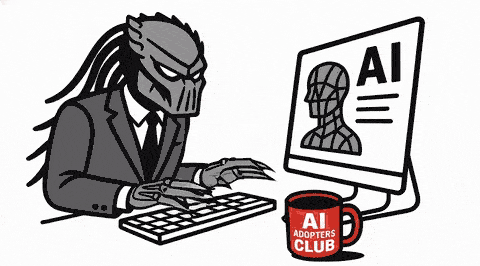

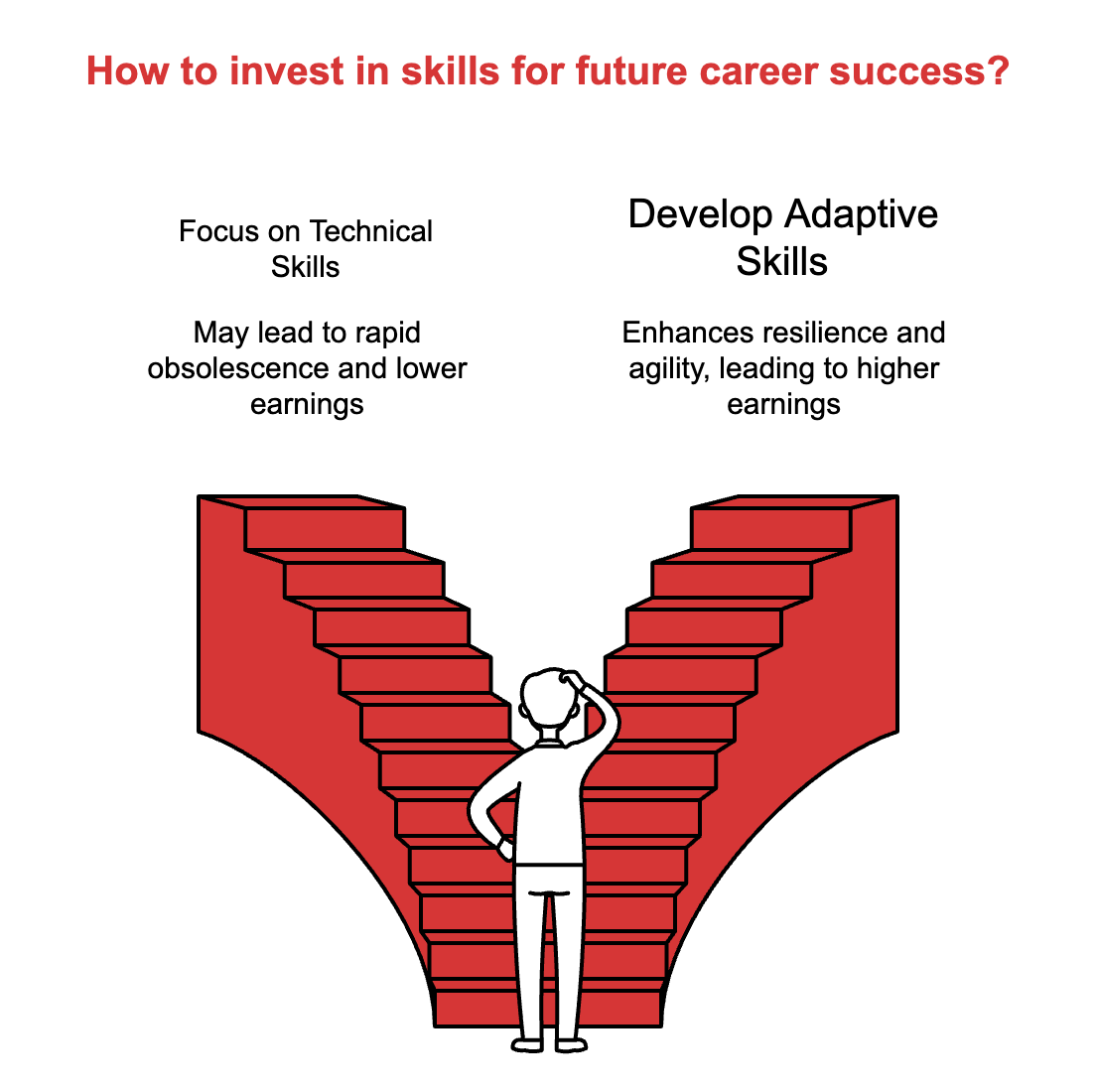
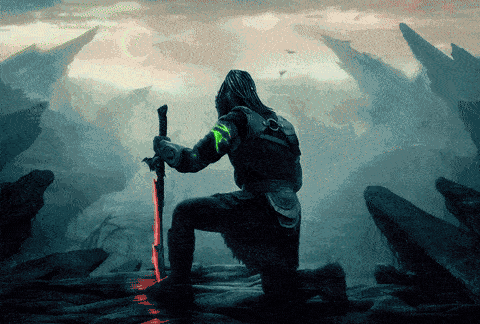
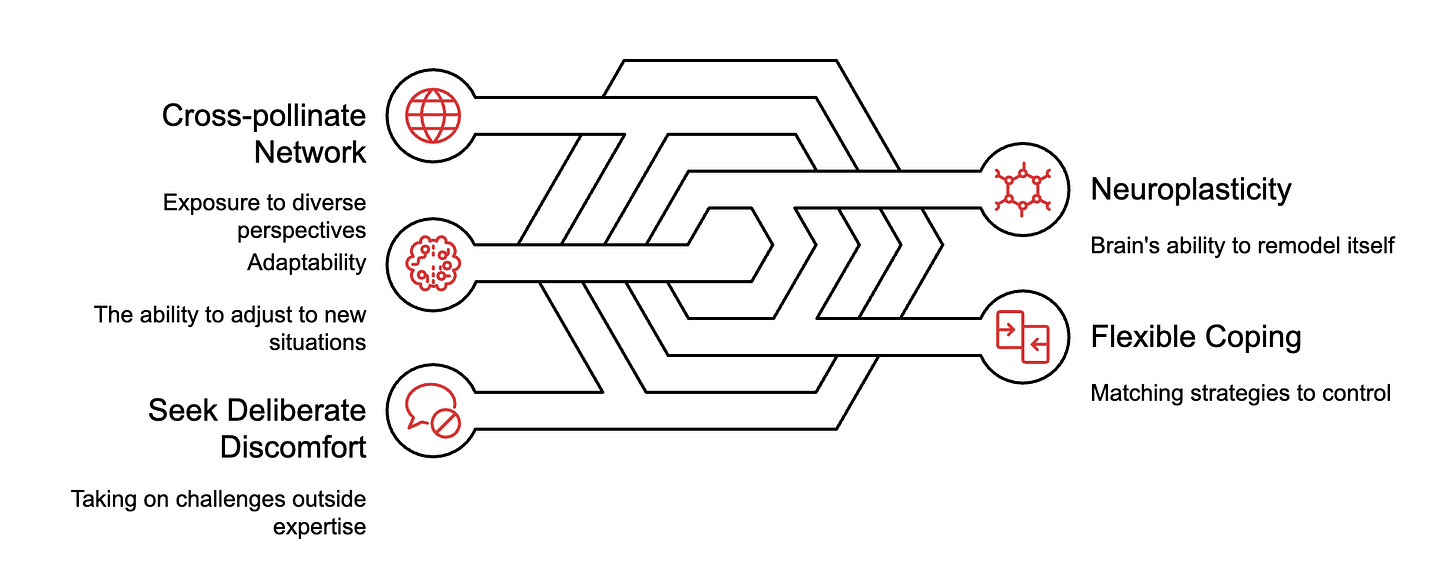

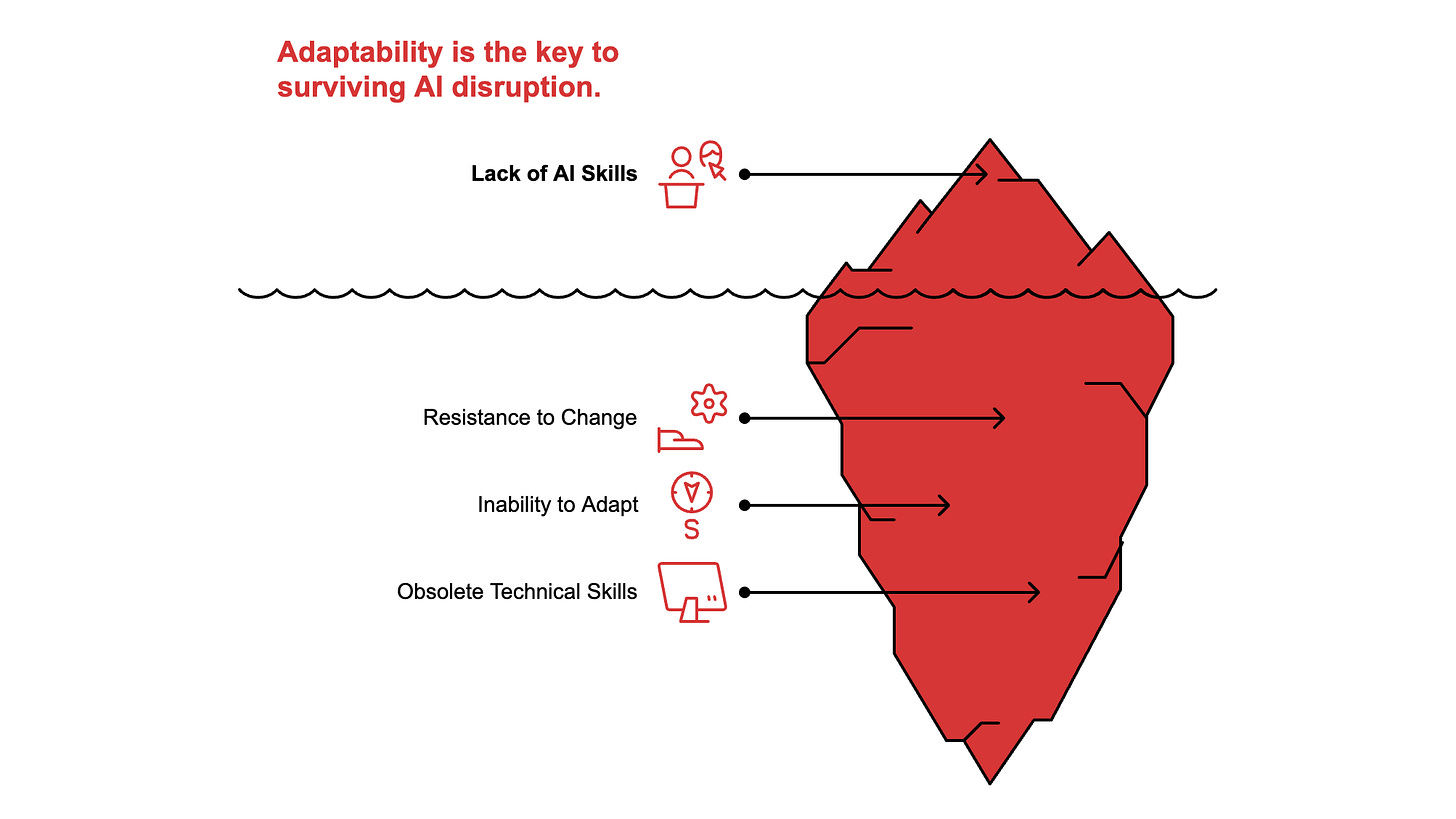
I love the creative "hook" between a timely movie and a timeless topic - the future skills we will need to succeed. I also appreciated the analogy to an OS rather than apps. Can you expand on that idea, Kamil?
Absolutely. Adaptability and learning have pretty much been the core of my career.